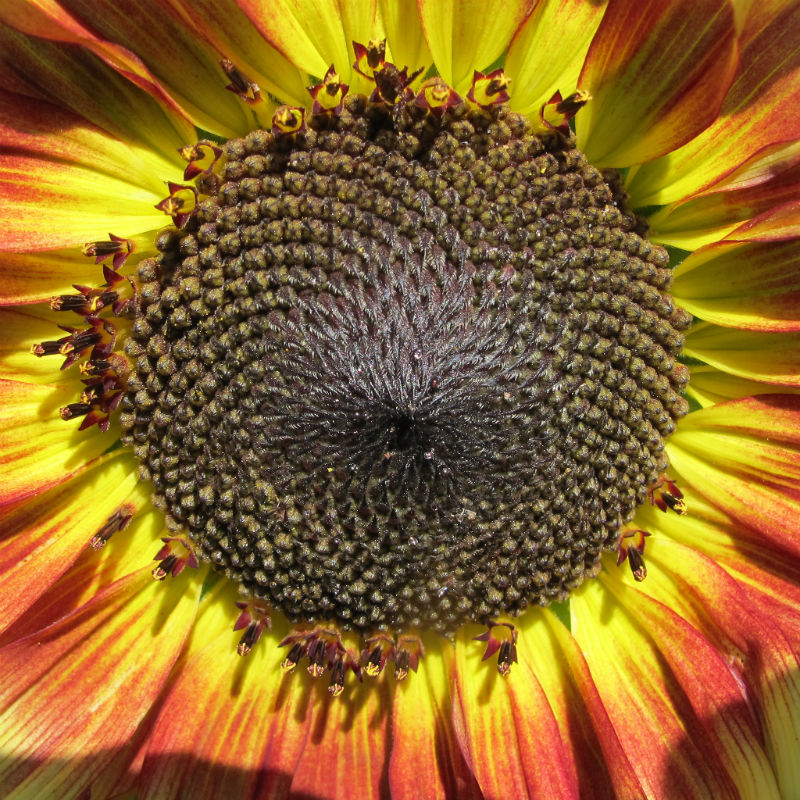I had never grown anything before I came to Science World and felt a little out of my expertise (my background is in math, physics and astronomy) in the Ken Spencer Science Park for my first few months as a science facilitator. The staff in the park are so knowledgeable that I assumed it would take years to accumulate all they knew. The passionate people who work in our science park have been happy to help me get to know our living exhibits. One year later I am now the Lead facilitator for the Science Park and have my own vegetable garden at home.
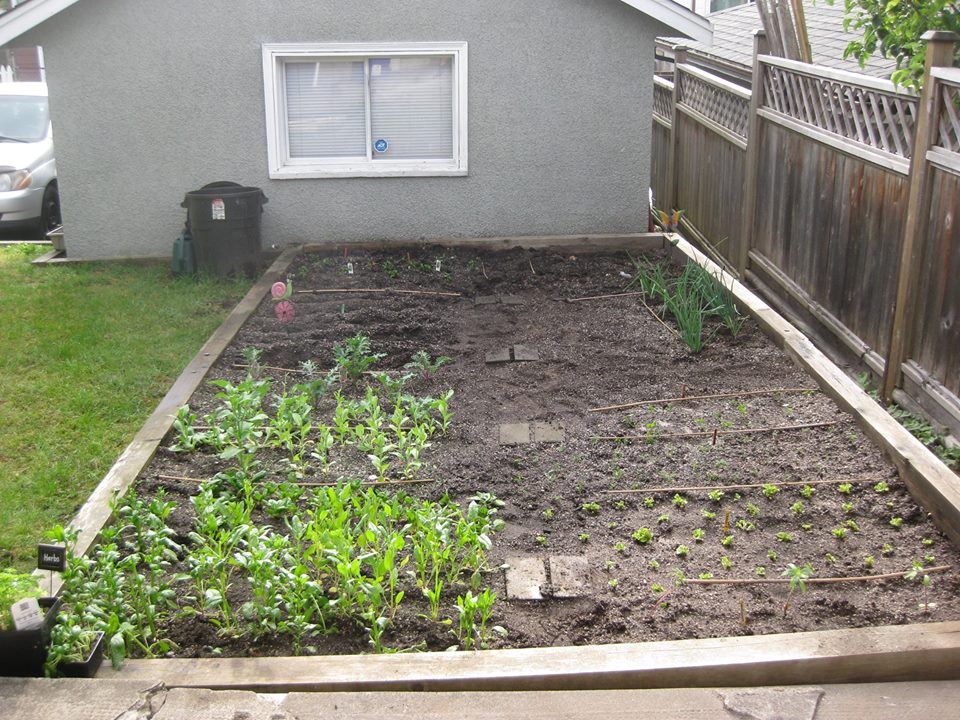
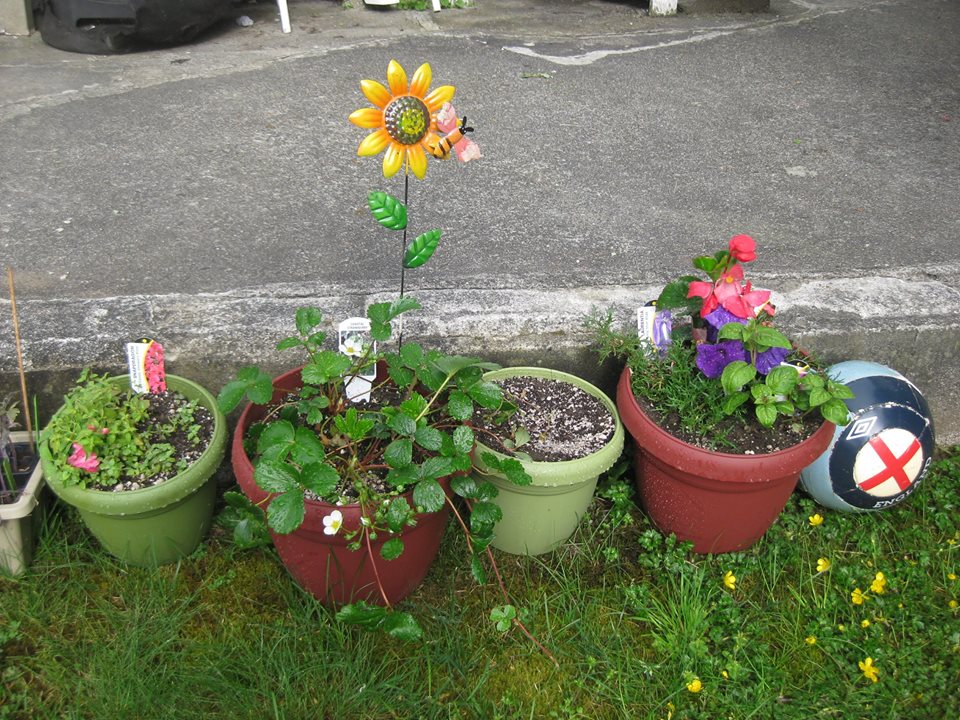
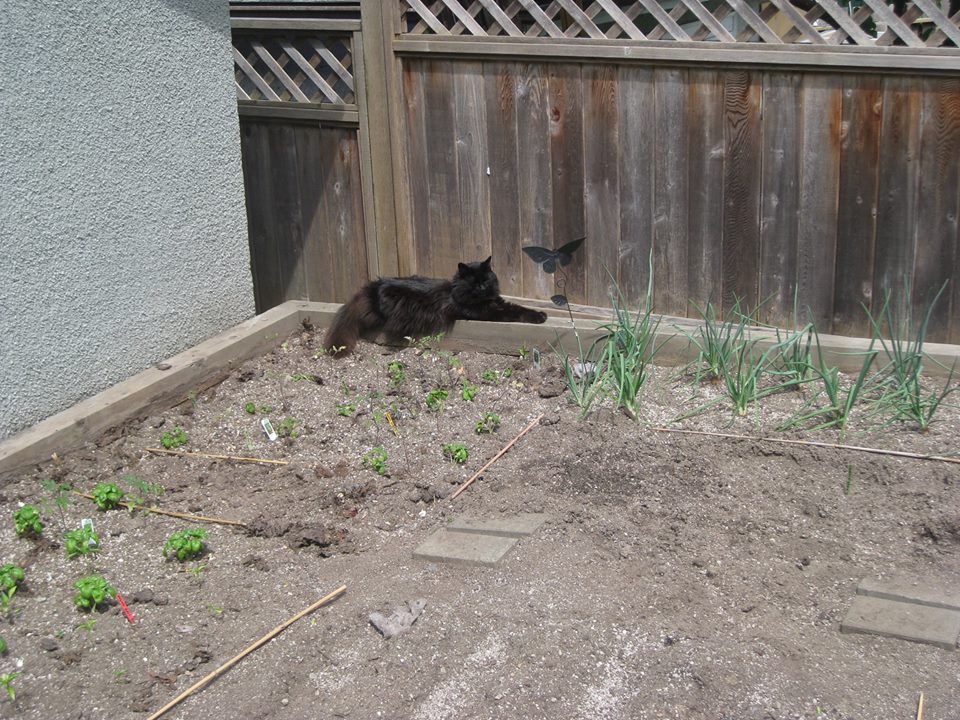
As I slowly got more involved by helping to plant seeds, identify insects and plan activities for our visitors, I began to look forward to my park shifts—seeing how fast everything grows, watering the plants and watching the adorable honey bees buzz from flower to flower and spread life around the park.
At the start of the season the park staff have a meeting to plan our garden bed themes for the coming year. This year there was a spare bed. We put our brains together and decided on a math bed (that’s what happens when science geeks get together and share their interests)!
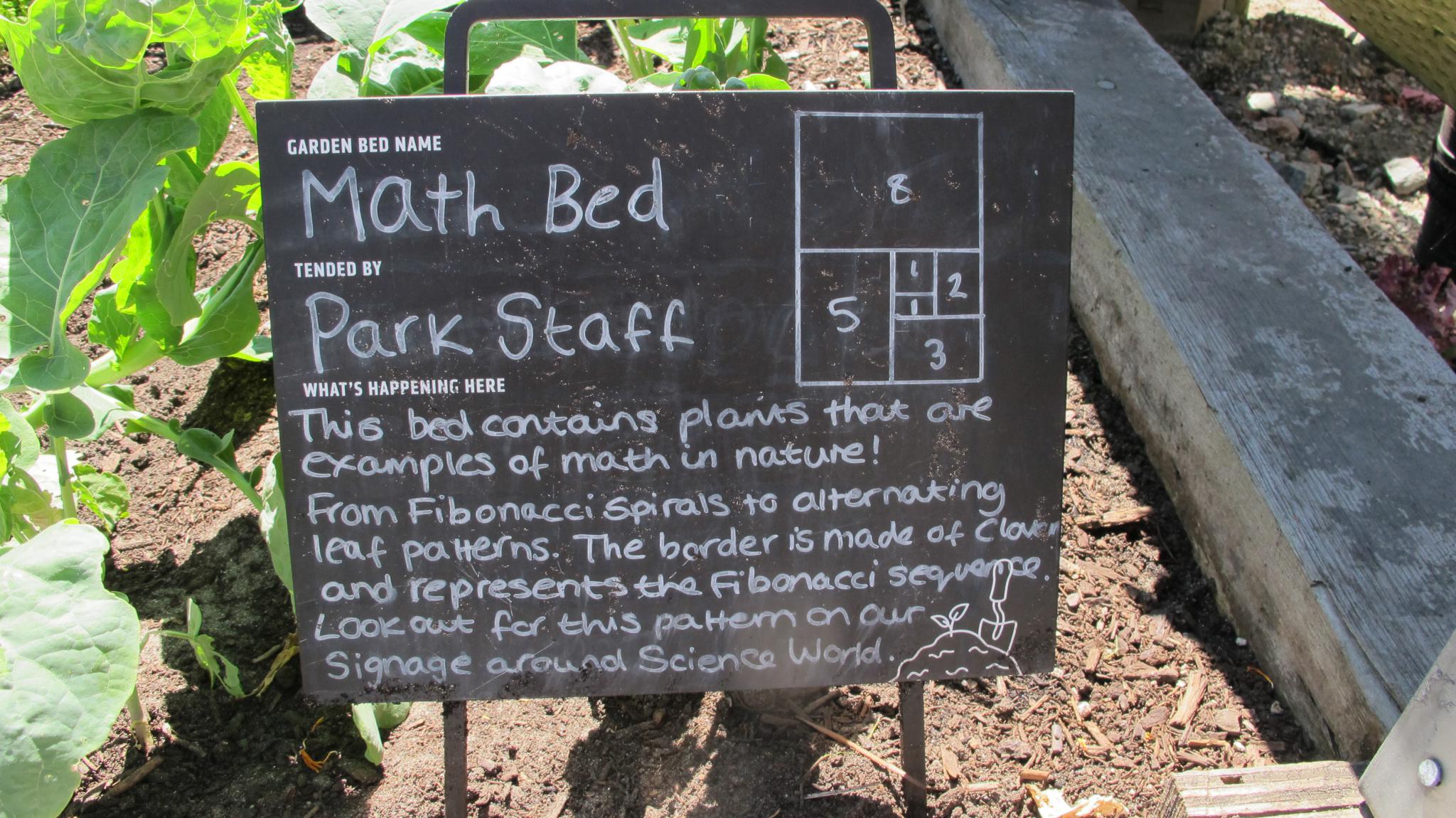
We decided to go for a Fibonacci theme. The Fibonacci sequence is a simple number pattern where you add the previous two numbers together to get the next number in the sequence, as you can see below:
1, 1, 2, 3, 5, 8, 13, 21, 34, 55, 89, 144 and so on.
Now, to get the Fibonacci spiral, you draw a series of squares whose sides are the length of the numbers in the sequence. A 1x1 square, a 2x2 square, a 3x3 square and so on.
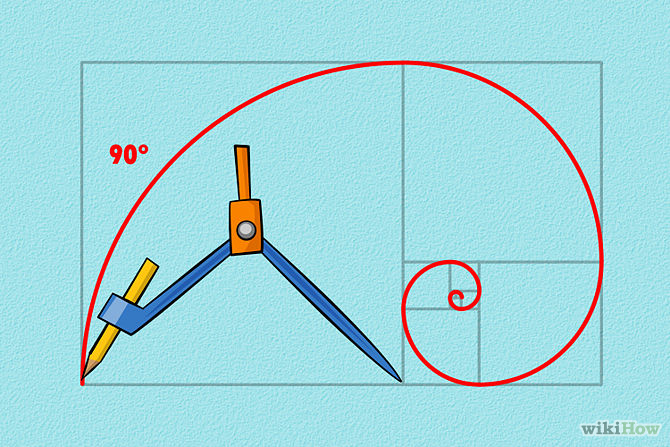
If you draw a curved line from the corner of each square to the next, you can draw a perfect spiral. See if you can spot this pattern around our building.
The spiral is common in nature. It’s still not quite clear why this arises but it seems the most likely reason is space efficiency. This could be for storing seeds in a small area like a sunflower head or for curling up a large leaf like a fern.
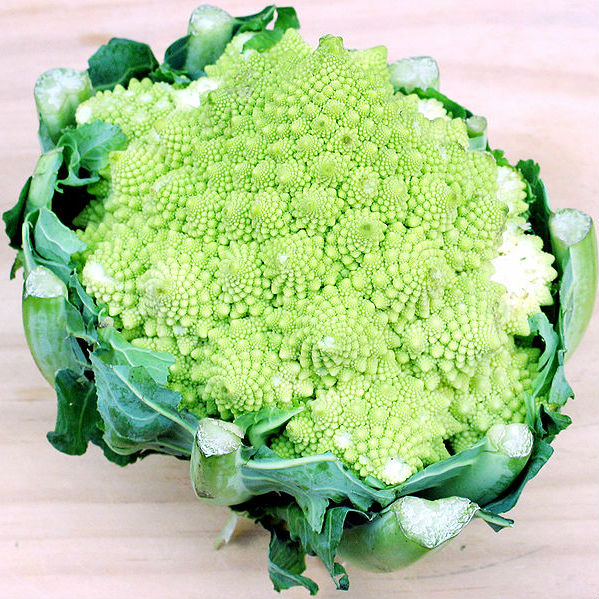
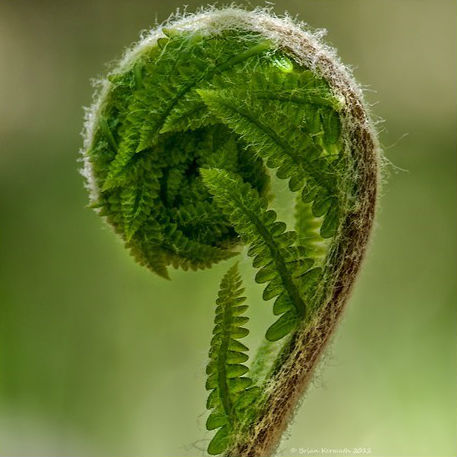
We chose our math bed plants and flowers to demonstrate the Fibonacci sequence. Sunflowers and Chrysanthemums show the beautiful spiral in their flower heads. Romanseco broccoli and Brussel sprouts use the Fibonacci sequence for their leaf and vegetable growth patterns. We even planted a border of clover to show the squares and planted a different plant in each square.
